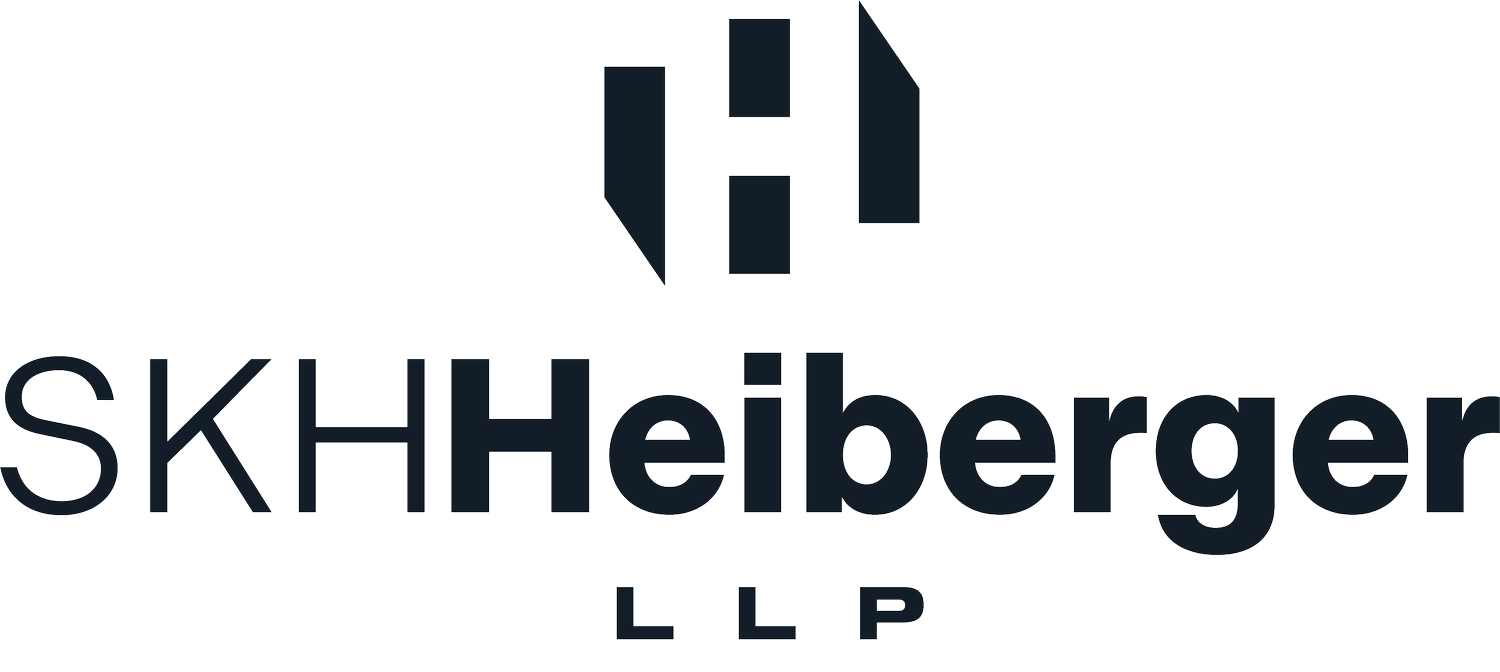New Laws to Improve Your Building with Stringent Rules
Deeply hidden within the new budget, under provision “FF” on page 96, signed by the Governor, includes certain changes to Individual Apartment Increases (“IAIs”) for rent stabilized apartments. The changes are a win-win for landlords. Prior to the 2019 Housing Stability and Tenant Protection Act, landlords could raise rents as much as they spent on qualified renovations based upon a percentage of cost, depending on the size of the building. Then the HSTPA took effect which greatly restricted how much landlords could raise rents, with the IAI increases to be removed from the rent 30 years after the date the increase became effective.
The new law establishes a two-tier system for IAIs.
In the first tier, the IAI cap is doubled and increased from the $15,000 limit established by the HSTPA to a $30,000 limit over a 15-year period.
The 1/168th (for buildings of 35 or fewer units) and 1/180th (for buildings with more than 35 units) amortization rates established by HSTPA remain the same. The rent increase stays permanent, so you'll see returns on your investment for years to come.
But wait, there's more! If you've got a long-term tenant or an apartment that's been empty for a while, you can spend up to $50,000 on improvements when the tenant moves out. Plus, the rent increase sticks around, giving you even more bang for your buck. In this second tier, the cap is $50,000 for IAIs undertaken during a vacancy if:
The prior tenant was in occupancy for a period of 25 years or longer; or
If the apartment was timely registered as vacant with DHCR in the 2022, 2023, and 2024 registration cycles.
The amortization rates for IAIs under the second tier are 1/140th (for buildings of 35 or fewer units) and 1/156th (for buildings of more than 35 units) and again like the first tier, the rent increase remains permanent
Under the second tier, costs are only recoverable if, prior to the IAI, the landlord receives prior certification from the Division of Housing and Community Renewal that the apartment satisfies the eligibility requirements.
In addition, prior to undertaking the IAI, the landlord must submit to DHCR evidence demonstrating that the improvement was necessary due to a substandard condition or exceeding an item’s useful life.
Following the IAI, a landlord must submit to DHCR evidence that the work was completed and pay a fee equal to one percent of the claimed IAI costs. (essentially a tax to the Agency comparable to a permit fee based upon cost at the DOB) It's a small price to pay for such a big payoff.
DHCR may also perform random on-site inspection as it deems necessary.
No owner may be eligible for the rent increase based on IAI pursuant to this subparagraph if within five years prior to filing the IAI request “any” unit in any building owned by any owner of the building in which the unit for which the owner seeks an IAI has been the subject of an award by either a court or DHCR for treble damages due to an overcharge or harassment of any tenant. This is a big stretch!
These changes mean more opportunities for landlords to enhance their properties and attract new tenants.
The SKH Heiberger team is here to help you navigate these new laws. Please feel free to reach out to us to explain and assist you with all of your real estate needs.
